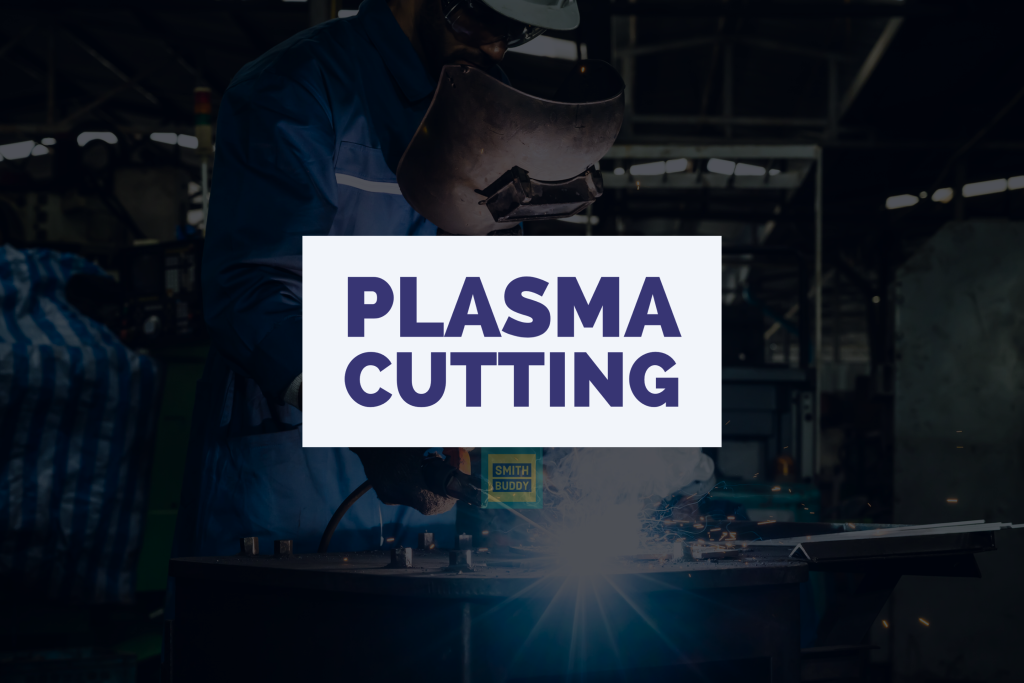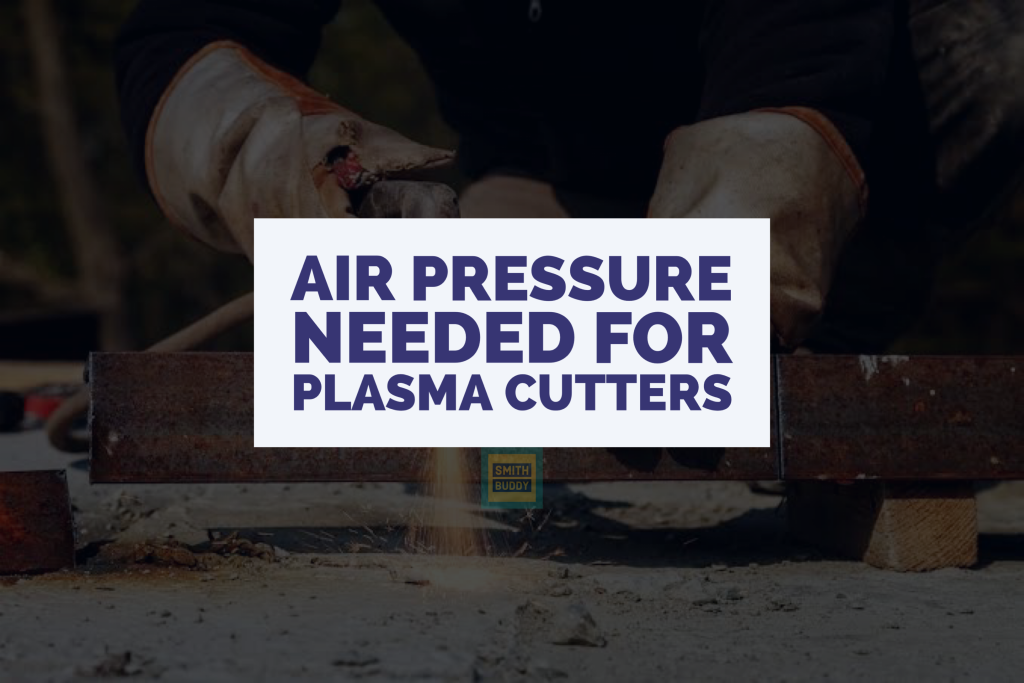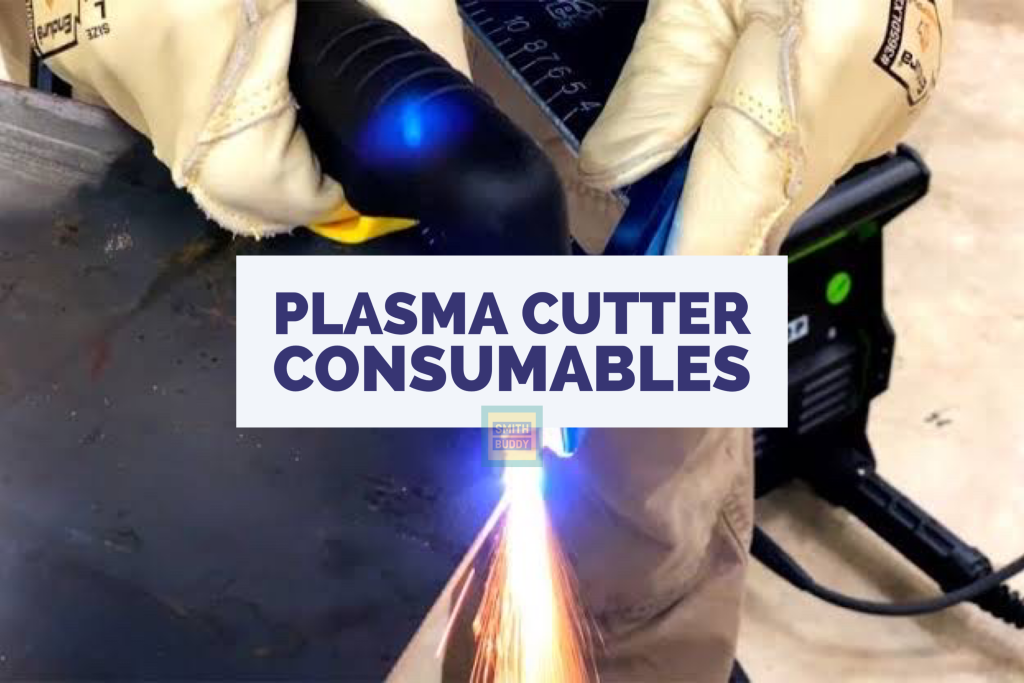A plasma cutter is a valuable tool in metalworking and fabrication, as it allows for precise cuts and efficient material removal. However, sometimes the plasma cutter may stop working properly, and you might find that it’s just blowing air instead of producing a plasma arc. This can be frustrating, but there are several things you can do to troubleshoot the issue.
Understand, how that works
Firstly, it’s essential to understand how a plasma cutter works. A plasma cutter uses a high-temperature, ionized gas called plasma to cut through metal. The plasma is created by passing an electric current through a gas, usually compressed air, which creates a high-temperature arc. The arc is then focused through a small nozzle, which directs the plasma stream onto the metal, melting it and blowing it away.
Check nozzle
If your plasma cutter is just blowing air, it could be due to several reasons. One common cause is a clogged or worn-out nozzle. Over time, the nozzle can become clogged with debris, reducing the flow of plasma and causing the cutter to blow air instead. Similarly, if the nozzle is worn out, it may not be able to direct the plasma stream properly, resulting in a weak or non-existent arc.
Here’s our nozzle chart for better help.
Check Electrode
Another possible cause of a plasma cutter blowing air is a faulty electrode or electrode holder. The electrode is responsible for creating the electric arc that generates the plasma, and if it’s damaged or worn out, it won’t be able to produce the necessary heat. Additionally, the electrode holder can become corroded or dirty over time, which can also impact its performance.
To troubleshoot the issue, start by checking the nozzle and electrode for any signs of wear or damage. If you notice any damage, replace the affected parts with new ones. If the parts appear to be in good condition, try cleaning them thoroughly to remove any debris or buildup.
Check Air Compressor
If cleaning and replacing the parts doesn’t solve the issue, it’s possible that the problem lies with the power source or the air supply. For example, if the air pressure is too low, the plasma cutter may not be able to create a strong enough plasma stream. Similarly, if the power supply is unstable, it can impact the performance of the cutter.
Know how much air a plasma cutter needs.
One case study involved a metal fabricator who was experiencing issues with their plasma cutter. The cutter was just blowing air instead of producing a plasma arc, which was causing delays and increasing production costs. After checking the nozzle and electrode and cleaning them thoroughly, the fabricator realized that the air supply was the issue. They adjusted the air pressure, and the plasma cutter started working properly again.
For a better experience, try the refrigerated air dryers.
Case Study
In another case, a welding and fabrication shop was experiencing similar issues with their plasma cutter. After replacing the nozzle and electrode, they still found that the cutter was blowing air instead of producing a plasma arc. Upon closer inspection, they realized that the electrode holder was corroded and needed to be replaced. After replacing the holder, the plasma cutter worked as expected.
Key Points
Here are the key points that will help you to troubleshoot if the plasma cutter is just blowing air.
- Understand how a plasma cutter works
- Check the nozzle and electrode for any signs of wear or damage
- Clean the nozzle and electrode thoroughly to remove any debris or buildup
- Replace any damaged or worn-out parts, such as the nozzle, electrode, or electrode holder
- Check the air pressure and adjust it if necessary
- Ensure the power supply is stable
- Use proper safety equipment, such as eye protection and protective clothing, when working with a plasma cutter
- Follow the manufacturer’s guidelines for maintenance and troubleshooting
- Consider seeking professional assistance if you are unsure of how to troubleshoot the issue or if you need to make any repairs to the plasma cutter.
Let’s Conclude
In conclusion, if your plasma cutter is just blowing air, it’s important to take a systematic approach to troubleshooting the issue. Check the nozzle and electrode for wear or damage, clean them thoroughly, and make sure the air pressure and power supply are stable. By identifying and addressing the root cause of the issue, you can get your plasma cutter back up and running quickly and efficiently.





